Explore Articles Filed Under: Plant Medicine
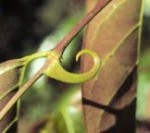
My teacher don Roberto Acho knows hundreds of plants, at least in the sense that he is familiar with that many, in the same way that a biomedical physician probably knows hundreds of medicines. I think most shamans — like most biomedical physicians — regularly use a few dozen plant medicines in their everyday routine practice, and go outside that number only in difficult cases, perhaps after consultation with a specialist. Even so, I have often wondered how a shaman remembers all those plants.
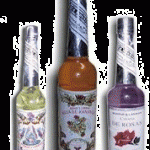
The plant spirits in the Amazon love strong, sharp, sweet smells. Thus, one way to acquire protection against malevolent persons and their pathogenic projectiles is to acquire such a sweet smell oneself, as opposed to the ordinary human smell, including the smell of human sex, which the spirits dislike. Shamans achieve this state, and provide it for their patients, by putting substances with sharp sweet smells either on or inside the body.

People frequently lament the imminent passing of animal species, especially species of large impressive mammals, while at the same time ignoring the extinction of plant species. That is why one of my favorite organizations is United Plant Savers.
It may be worth drawing a distinction between the source of plant knowledge and the source of plant healing. Many indigenous peoples assert that their knowledge of plants and their uses comes from some other-than-human person who appears in a vision or dream. These spirits may, as in the Amazonian mestizo tradition, be the plants themselves, but not necessarily; when my teacher doña María Tuesta was young, for example, it was the Virgin Mary, not the plant spirits, who appeared in her dreams, showed her the healing plants, and taught her the plants to cure specific diseases.
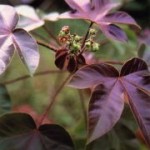
Among Amazonian mestizos, the term saladera refers to a persistent run of bad luck and misfortune — in family matters, business, and human relationships — often accompanied by great anxiety. This sickness is parallel to the Mexican sacalio, and it is treated the same way: by bathing.
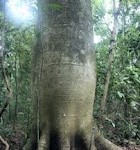
The pucalupuna (Cavanillesia umbellata) is a very powerful plant. It is also called lupuna colorada, red lupuna — the word puca means red in Quechua — and must be distinguished from the white lupuna (Ceiba pentandra), also called lupuna blanca, lupuna, or kapok. The pucalupuna wants to deal only with the strongest and most self-controlled of humans, those willing to undertake a dieta fuerte, a lengthy and rigorous diet in the jungle. Other humans it simply kills.
Ayahuasquero don Juan Tangoa Paima claims that he can heal cancer, AIDS, epilepsy, heart disease, stomach and intestinal conditions, sexually transmitted diseases, depression, drug addiction, mental disorders, migraines, anxiety, and obesity — indeed, he offers the “complete and total healing of any and all afflictions.” Now, these are staggering claims.
The term monte occurs frequently in Amazonian mestizo shamanism. It generally refers both to mountains and woodlands; in the Amazon, it is, technically, the term used to differentiate the highland jungle from the várzea, the annually flooded lowland forest. But to the mestizos, the term means — as one regional dictionary puts it — despoblado, unpopulated, deserted, and thus dangerous, solitary, and frightening.
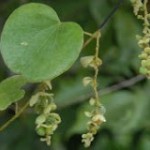
My teacher don Roberto Acho is well known as a sananguero — that is, an expert in the use of a group of plants collectively known as sanango. The best known of these plants is chiricsanango (Brunfelsia grandiflora). In fact, there are two primary Brunfelsia species, B. grandifloria and B. chiricaspi. Both of these plants are called chiricsanango; but the first is also called chuchuhuasha, and the second is also called chiricaspi.
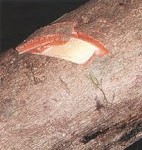
In the Amazon, products purporting to enhance male sexual potency are sold in stalls and shops all over the jungle. These drinks are probably as well known for their names as for their ingredients — Rompecalzón, Rip-Your-Shorts; Levántate Lázaro, Arise Lazarus!; Para Para, Stand up! Stand up!; Tumba Hembra, Knock Her Over; Siete Veces Sin Sacar, Seven Times Without Pulling Out; Levántate Pájaro Muerto, Arise Dead Bird!

Discussing the article:
Hallucinogens in Africa